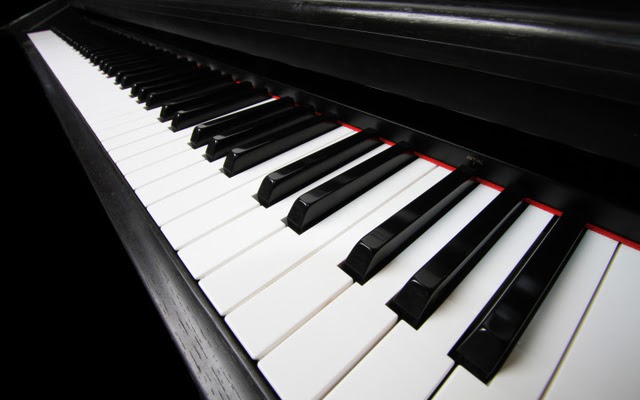
Have you ever had the chance to play a real piano? If you have, then you know the joy of starting at one end of the keyboard and running your finger all the way to the other end, playing all the notes in between.
Unlike xylophones, which have around 40 keys, or most woodwind instruments, which have a limited number of keys, pianos have a staggering 88 keys. Each key represents a different musical note, giving the piano a wide range of sounds.
But have you ever wondered why pianos have exactly 88 keys? Why not 44? Or 212? Why 88? The answer, it turns out, has both historical and practical reasons.
The piano originated as a modification of the harpsichord, which had 60 keys. Consequently, the early pianos typically had 60 keys. Given that there are 12 notes in an octave, 60 keys represented five octaves.
As more and more pianos were built, composers started to write music that required a broader range than the five octaves available on pianos at that time. Composers collaborated with piano makers to create pianos with more keys, enabling them to compose music with a wider range of notes.
Throughout the history of the piano, there have been various versions with different numbers of keys. By the mid-1800s, pianos had expanded to a full seven octaves.
In the late 1880s, the renowned piano manufacturer Steinway introduced the 88-key piano, which has become the standard today. Other manufacturers followed Steinway’s lead, and 88 keys have remained the standard ever since.
The 88-key piano covers a complete range of seven octaves, with a few additional notes. Why stop at 88 keys? Most composers do not write music that requires notes beyond those available on the 88-key piano. Furthermore, notes lower or higher than those on the 88-key piano are not easily discernible to the human ear as distinct notes.
Modern pianos today have 52 white keys and 36 black keys. The white keys correspond to the musical tones A, B, C, D, E, F, and G. The black keys represent half-step intervals, known as sharps and flats, between various notes. A group of seven white keys and five black keys together make up the 12 notes in an octave.
As is typical with artists, there are piano manufacturers today who continue to push the boundaries of the piano’s capabilities. Stuart and Sons, an Australian piano manufacturer, has created a “super” grand piano with 102 keys, 14 more than the standard.
Could pianos be made with even more keys? The answer is yes, but there are several factors that discourage the creation of pianos with more keys. In addition to the fact that the human ear cannot distinguish many of these additional notes, pianos with more keys tend to be longer, heavier, and more expensive than standard pianos. For instance, a 102-key Stuart and Sons piano can cost as much as $300,000!
Give It a Try
Phew! Counting all the keys on a piano can be time-consuming. Can we rely on you to join us in counting as you try one or more of the following activities with a friend or family member?
Find a piano and explore it
If you don’t have a piano at home, try to find one elsewhere. It could be at a friend’s house or in a school music room. Spend some time with the piano and count the keys. Experiment with the different sounds, both low and high. If you know a simple song, try to play it. If you have access to a music teacher or someone who knows how to play the piano, ask them to show you the inside of the piano. Can you see the hammers hitting the strings when a key is pressed? You might even be able to learn a simple song!
Make your own musical instruments
If you’re feeling crafty, you can try making your own musical instruments at home. However, making a piano would be extremely difficult. Pianos are complex and require skilled artisans to make them, which also makes them expensive. Instead, you can follow some directions to make homemade musical instruments like bottle flutes, comb clarinets, straw oboes, rubber band guitars, and maracas. It’s a fun way to explore music!
Explore the connection between math and music
If you’re up for a challenge, go online and read about where math and music intersect. You’ll discover the mathematical concepts behind music and why certain notes sound harmonious together while others don’t. It’s a fascinating way to learn more about how math and music are connected!





Leave a Reply